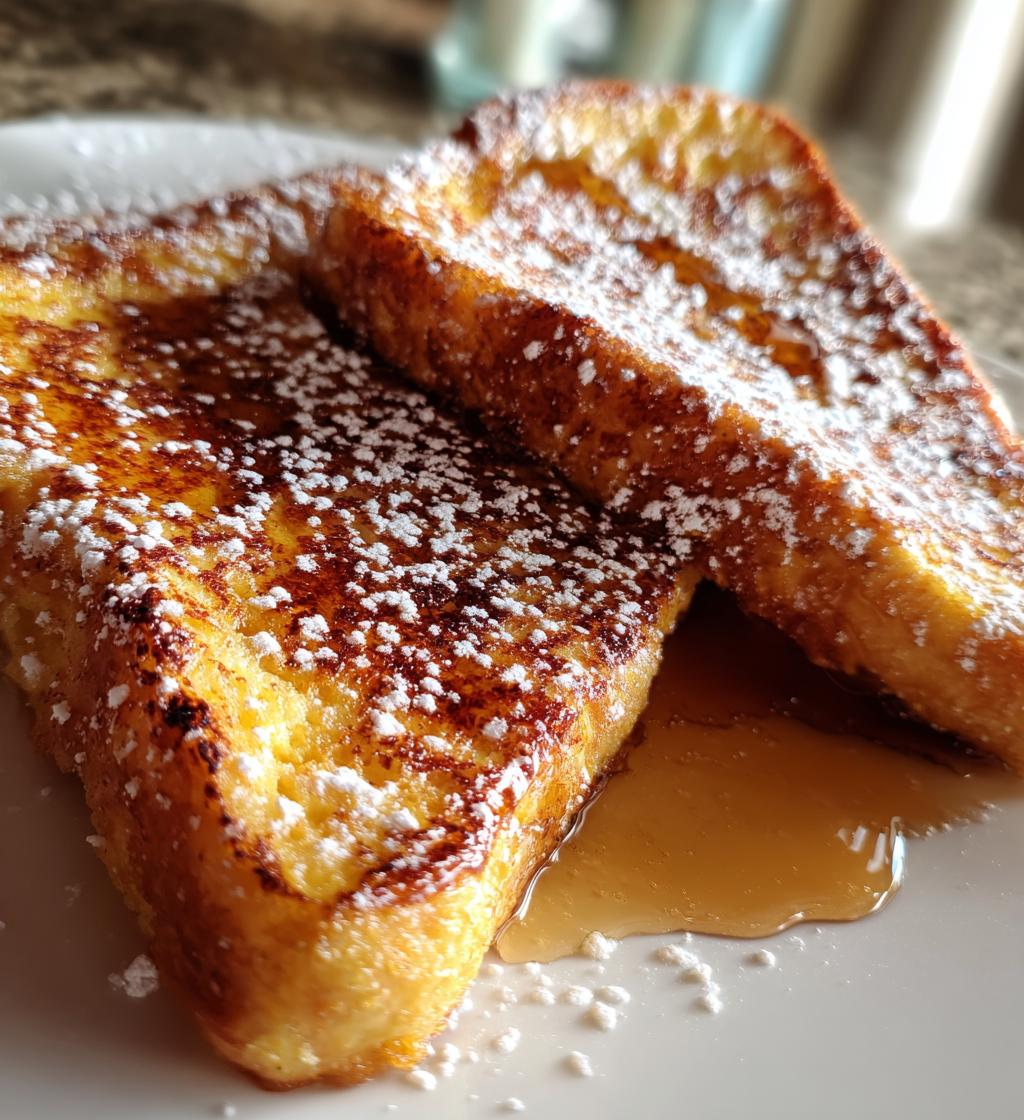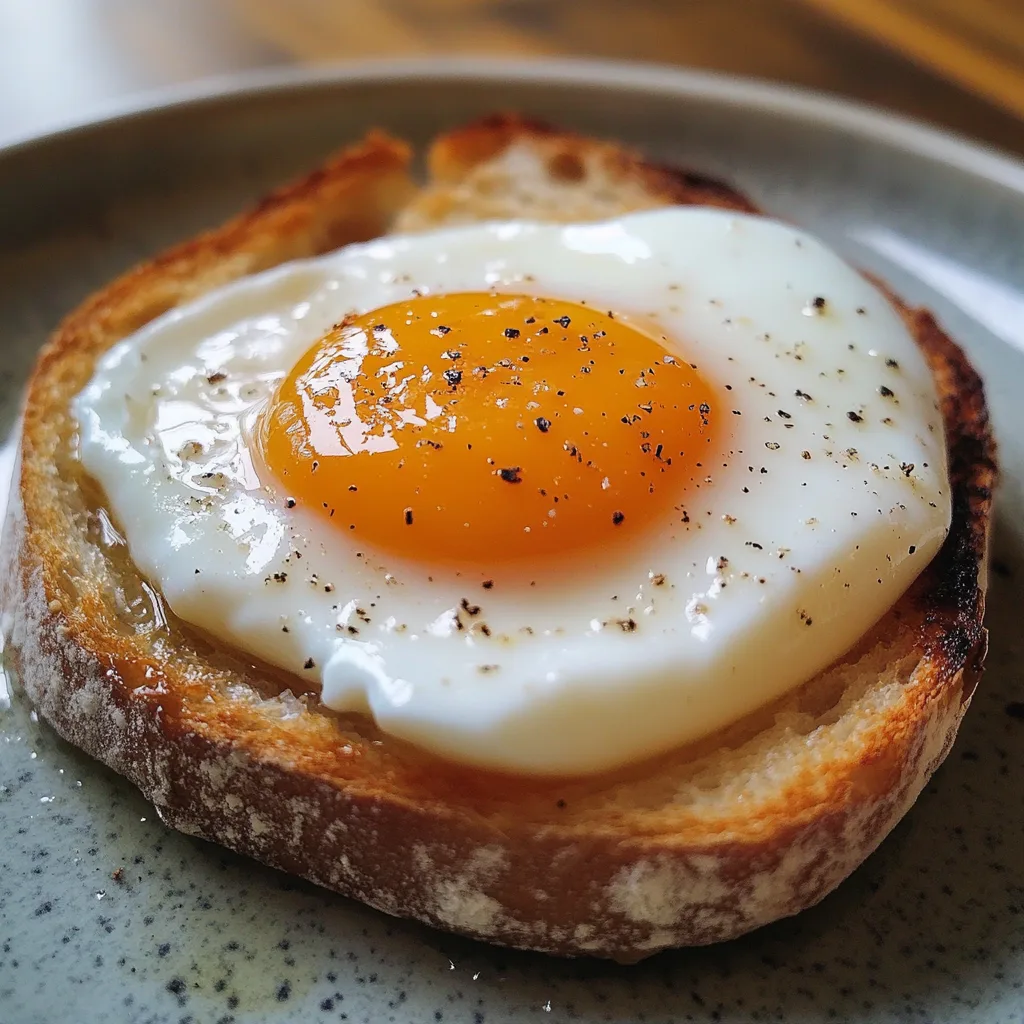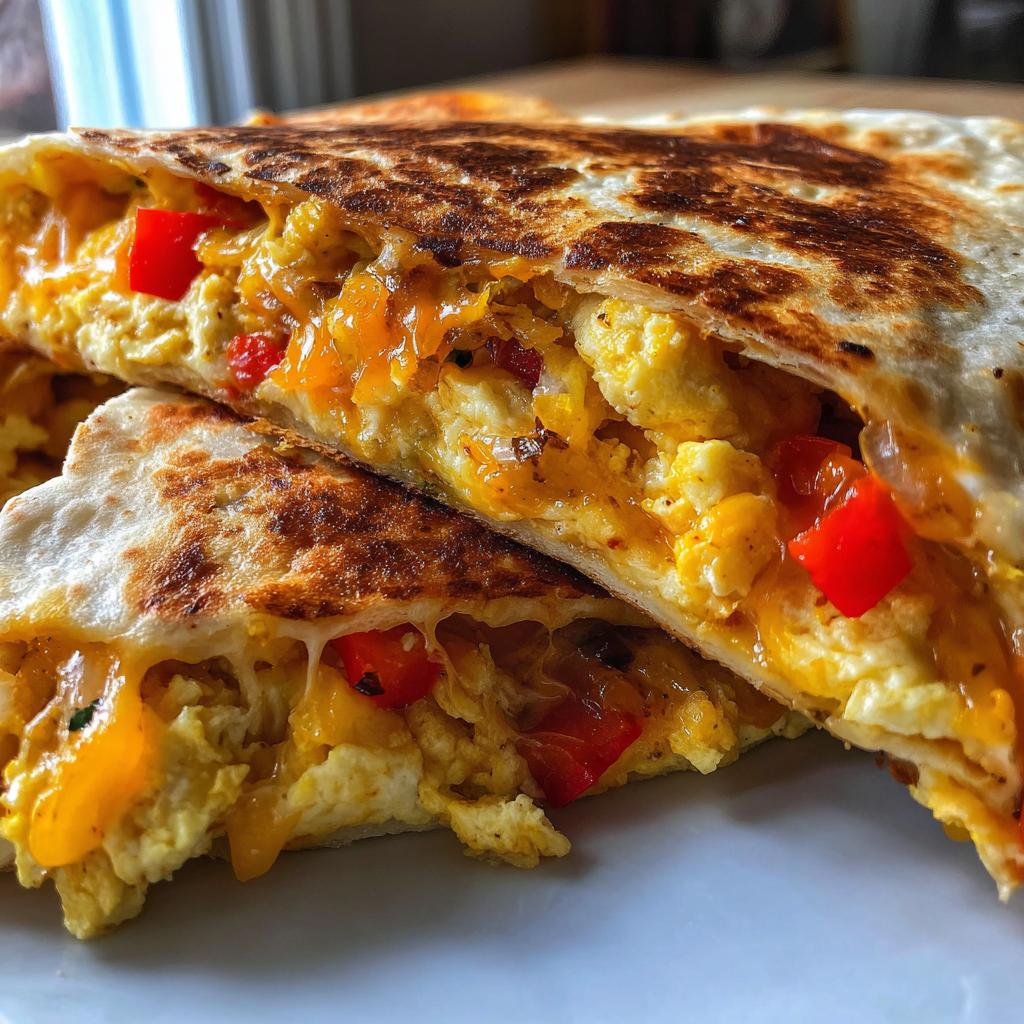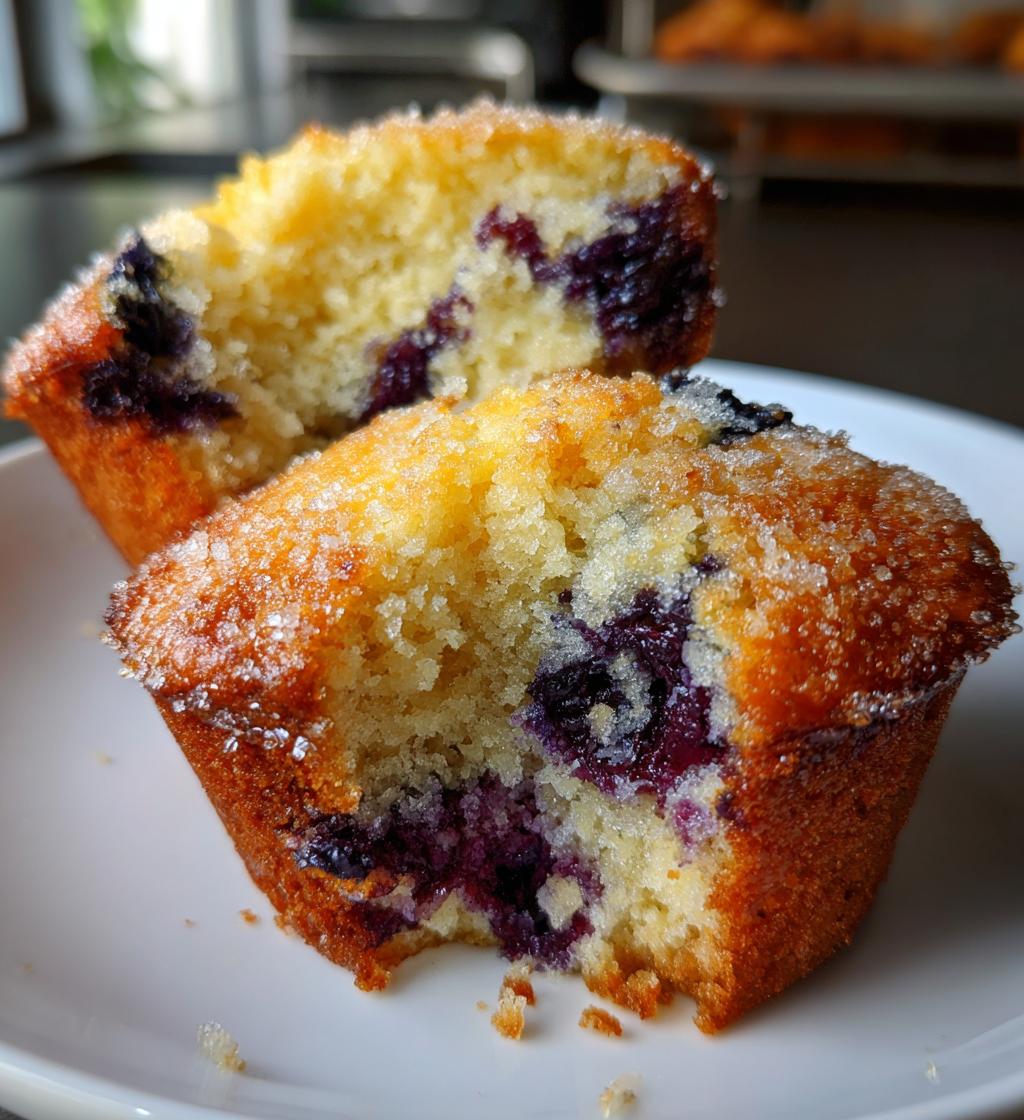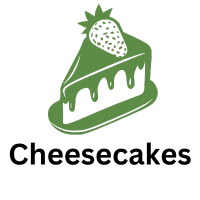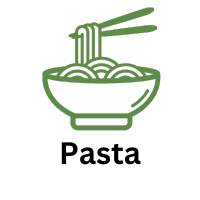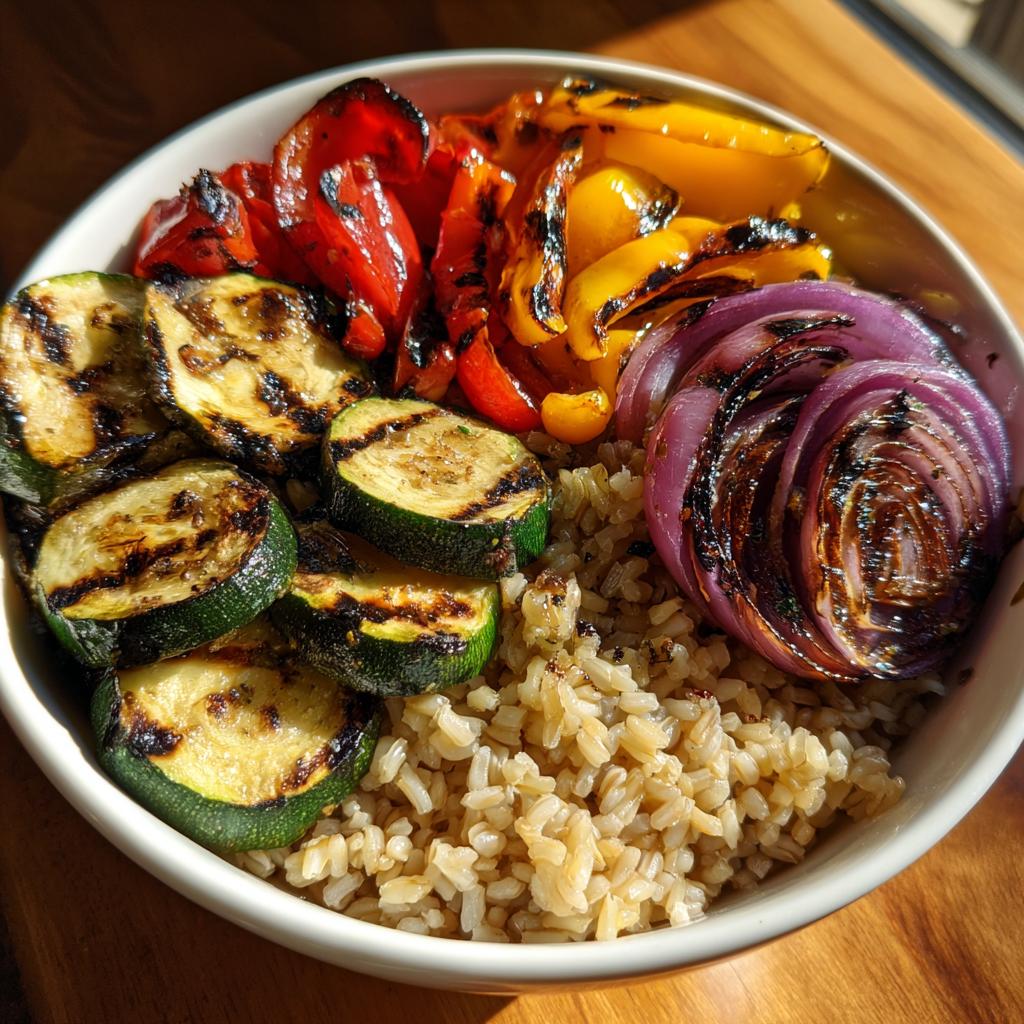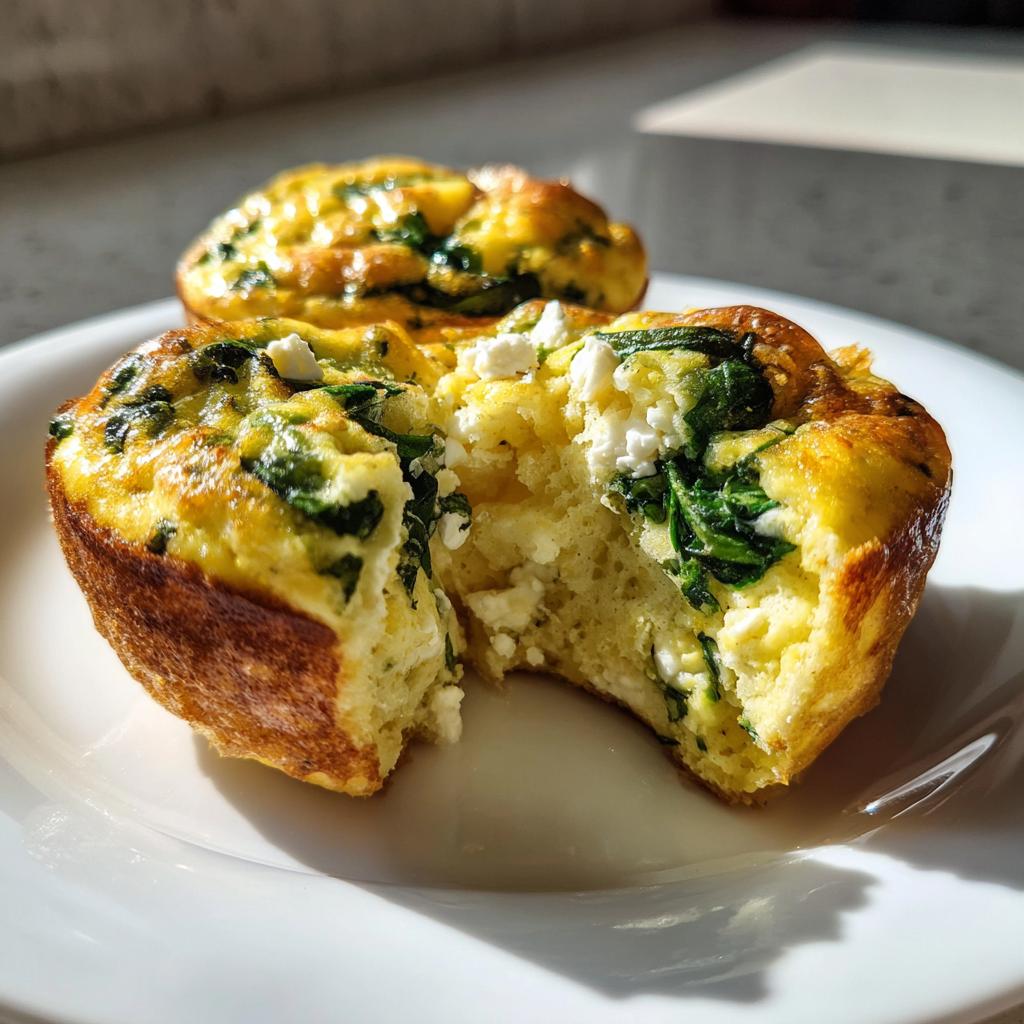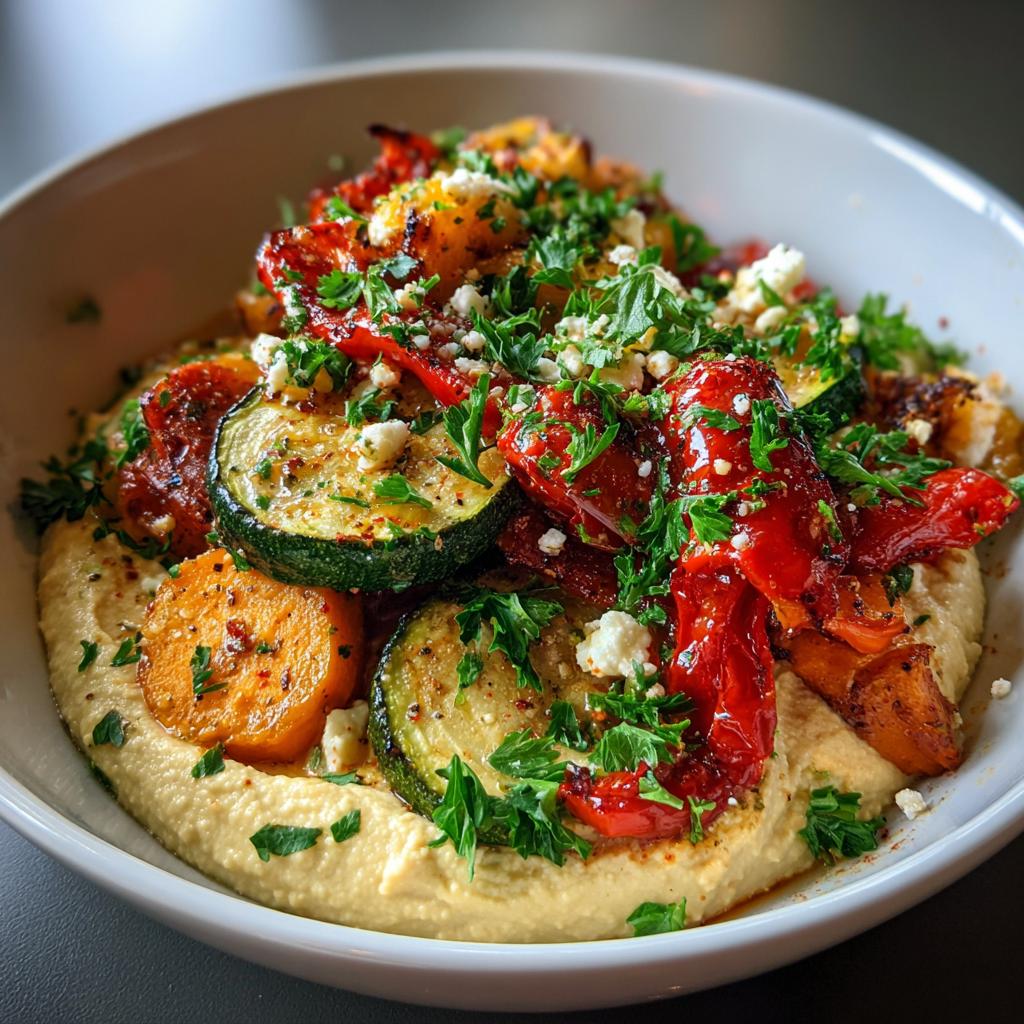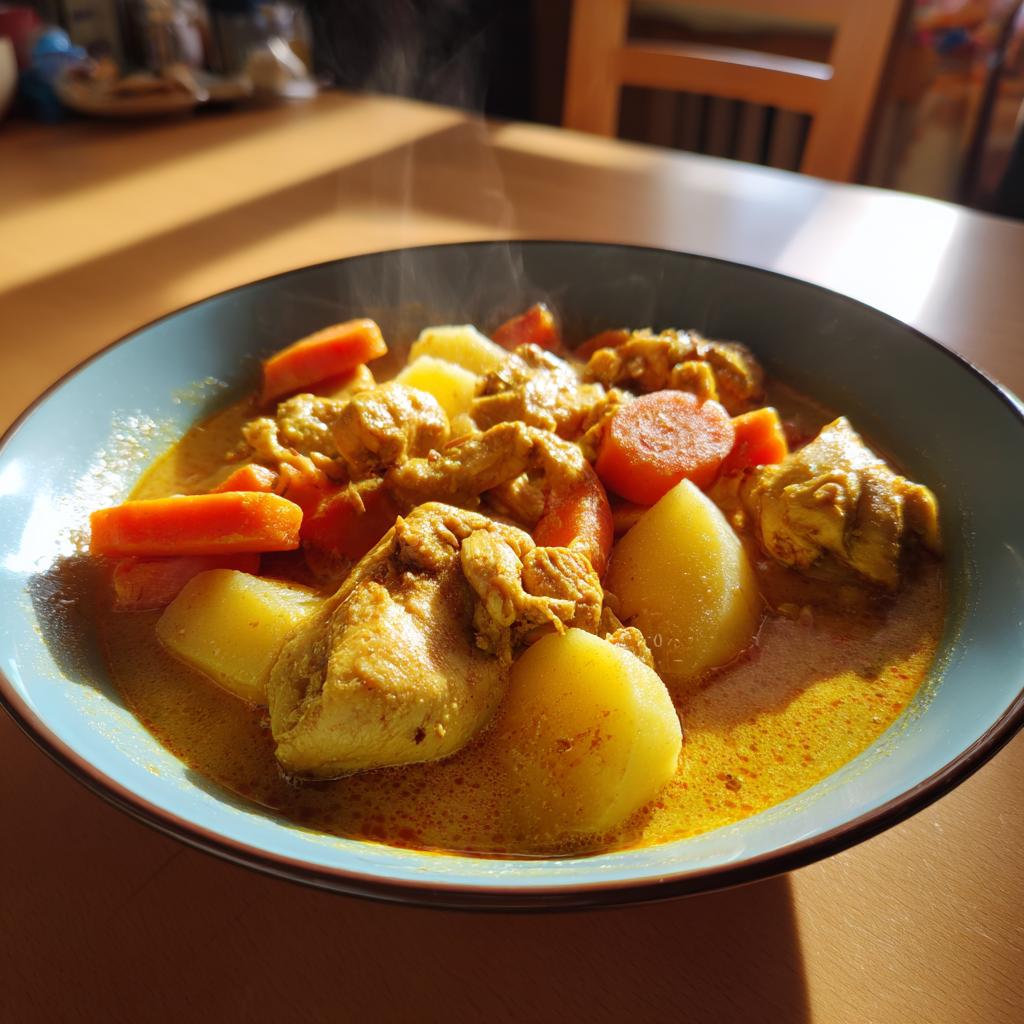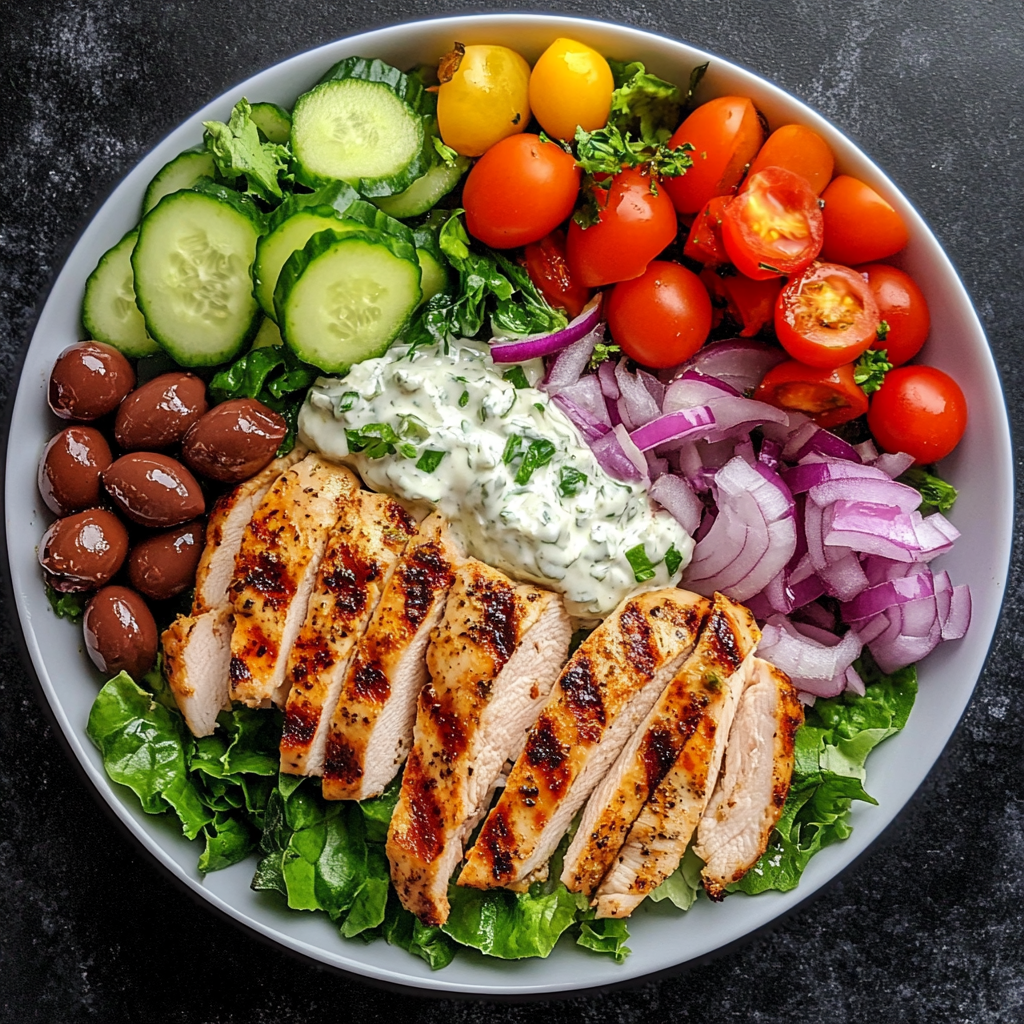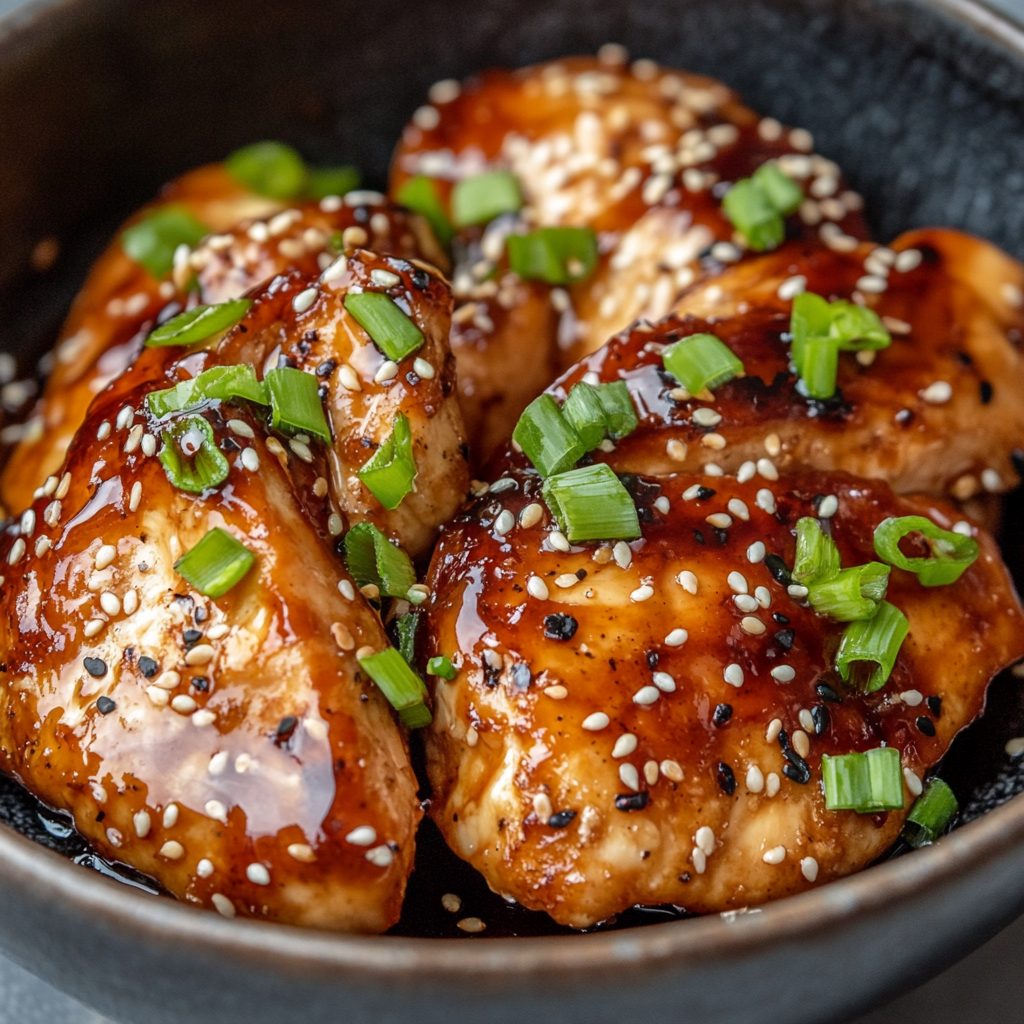There’s something magical about French toast—the way it turns simple ingredients into a warm, golden, syrup-drenched breakfast that feels like a hug on a plate. I’ve been making it for years, tweaking the recipe until it’s just right (my kids are *very* thorough taste-testers). What I love most is how forgiving it is—whether you’re using fancy brioche or the last slices of a stale baguette, it always comes out delicious. Plus, it’s ready in 15 minutes flat, which is a lifesaver on sleepy weekend mornings. Trust me, once you try this version, you’ll never go back to the soggy, bland French toast of your childhood.
Why You’ll Love This French Toast
- Quick & easy: Whisk, dip, fry—done in the time it takes to brew coffee.
- Customizable: Add a splash of bourbon, swap cinnamon for cardamom, or drizzle with honey instead of syrup.
- Kid-approved: Even picky eaters devour it (pro tip: let them decorate with rainbow sprinkles).
- Pantry-friendly: Eggs, milk, bread—you probably have everything already.
Ingredients for French Toast
Here’s the beauty of French toast—you only need a handful of simple ingredients to make something extraordinary. But don’t let the short list fool you. The *quality* of each one makes all the difference between “meh” and “wow.” I’ve learned this the hard way after one too many sad, eggy bread disasters. These are my non-negotiables:
- 4 slices thick-cut bread (day-old is best—I’ll explain why in the tips!)
- 2 large eggs, beaten until totally smooth (no streaks!)
- ½ cup whole milk (trust me, skim milk makes for a sad French toast)
- 1 teaspoon pure vanilla extract—the good stuff, not imitation
- ½ teaspoon ground cinnamon (or more if you’re feeling spicy)
- 1 tablespoon unsalted butter for the pan (plus extra for greasing)
- Maple syrup, for serving (the real-deal Vermont kind, if you can swing it)
A quick note about the bread: I’ve used everything from brioche to sourdough to plain old sandwich bread in a pinch. My current obsession? Challah. Its eggy richness soaks up the custard like a dream. But honestly, whatever you’ve got will work—just make sure it’s sturdy enough to hold up to the soaking without falling apart.
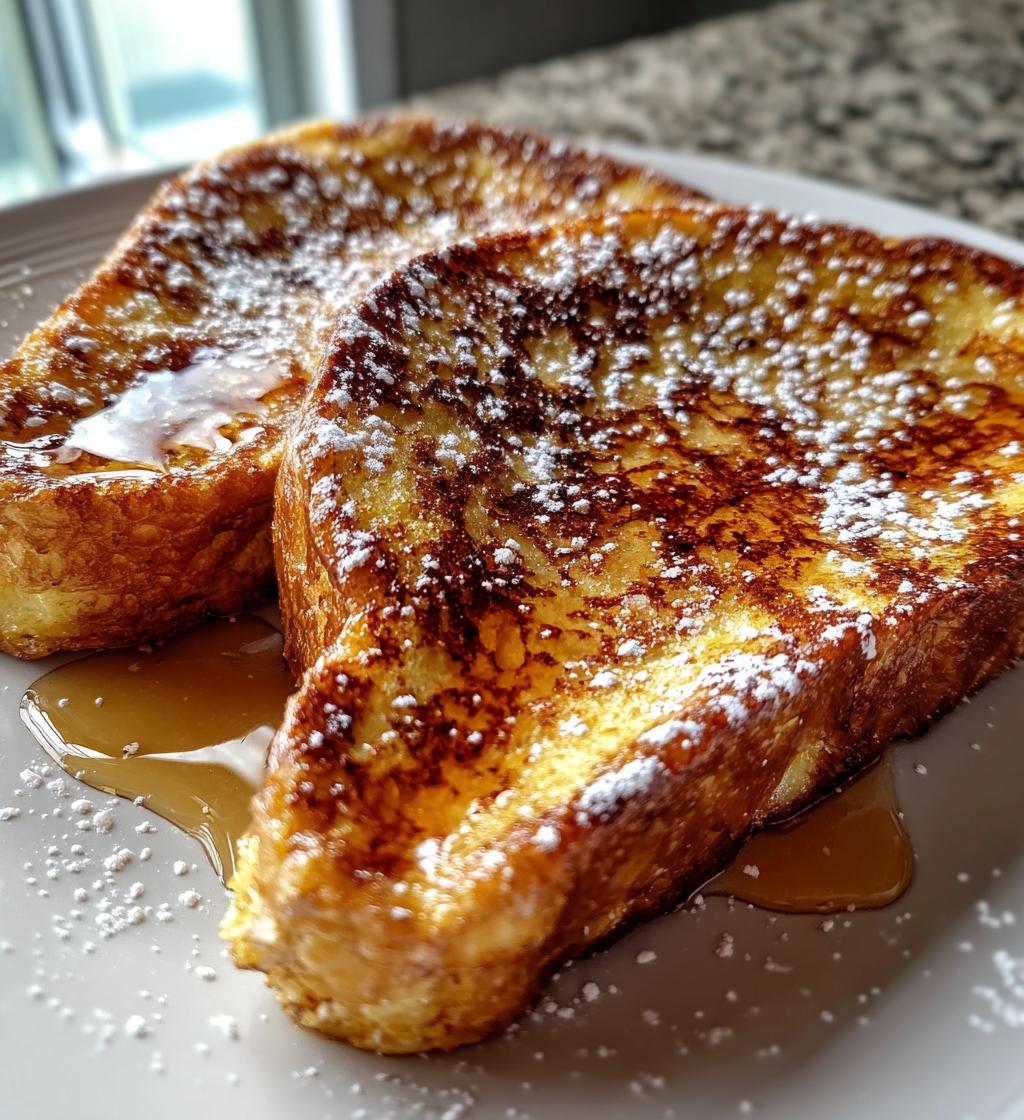
How to Make French Toast
Okay, let’s get cooking! I promise this is easier than you think—just follow these steps, and you’ll have perfect French toast in no time. The key is patience (don’t rush the soaking!) and keeping an eye on that pan. Here’s exactly how I do it:
- Whisk it good: In a shallow bowl (I use a pie plate—perfect for dunking!), beat the eggs vigorously for about 30 seconds until they’re completely smooth. No streaks! Then whisk in the milk, vanilla, and cinnamon until it’s all one happy, speckled liquid.
- Dip with care: Take your first bread slice and lay it gently in the egg mixture. Count to 10 slowly (I time it by humming “Happy Birthday”), then flip it. Another 10-count. You want it fully coated but not disintegrating—stale bread helps here!
- Drip dry: Hold the soaked bread over the bowl for a few seconds to let excess mixture drip off. This prevents that dreaded eggy puddle in your pan.
- Butter up: Melt your butter in a large skillet over medium heat. Wait until it’s foamy but not brown—that’s your cue to add the bread. And don’t crowd the pan! Two slices at a time is my max.
- Golden rule: Cook for 2-3 minutes per side. Peek underneath at the 2-minute mark—you’re looking for deep golden brown, not pale yellow. Flip when you see those gorgeous caramelized edges forming.
- Serve immediately: French toast waits for no one! Plate it right away with maple syrup cascading down the sides. The steam rising off the toast? That’s your victory flag.
Tips for Perfect French Toast
After years of trial and error (and some very questionable breakfasts), here are my hard-won secrets:
- Stale is superior: Fresh bread turns to mush. Leave slices out overnight, or pop them in a 300°F oven for 5 minutes to dry out slightly.
- Medium heat magic: Too hot = burnt outside, raw inside. Too low = soggy sadness. Medium lets the custard set perfectly.
- The drip test: If your bread drips when you lift it, give it another second over the bowl. Soggy bread = soggy French toast.
- Butter management: Add a fresh pat between batches. Burnt butter makes bitter toast—wipe the pan clean if it gets too dark.
- Keep it warm: If making a big batch, place finished toast on a wire rack in a 200°F oven. This keeps it crisp instead of steaming into limpness.
One last thing—don’t stress about making it “perfect.” My first attempts looked like scrambled eggs with bread chunks. Now? Well, let’s just say my kids cheer when they hear the whisk hitting the bowl. You’ll get there too!
French Toast Variations
Here’s the fun part—French toast is like a blank canvas waiting for your creative touches! Over the years, I’ve played around with endless variations (some more successful than others—we don’t talk about the cayenne pepper incident). These are my favorite ways to mix things up when I’m feeling adventurous:
- Spice swap: Replace cinnamon with pumpkin pie spice in fall, or try cardamom for something floral and exotic. My husband loves a pinch of nutmeg with a dash of black pepper—sounds weird, tastes amazing.
- Zesty twist: Add the grated zest of one orange or lemon to the egg mixture. It brightens everything up beautifully. Pro tip: rub the zest into the sugar first to release more oils.
- Creamy upgrade: Swap half the milk for heavy cream or coconut milk for extra richness. (This is my secret for holiday-morning French toast—pure indulgence!)
And for the topping lovers (hi, it’s me):
- Crunch time: Press soaked bread into crushed cornflakes or granola before frying for extra texture.
- Sweet & salty: Top with crispy bacon and a drizzle of maple syrup—trust me on this one.
- Berry bliss: Macerate strawberries with a little sugar while you cook, then pile them high on your toast.
The best part? You can make each slice different—great for picky eaters or when you just can’t decide. My kids call this “French toast bar” mode, and it turns breakfast into a party. What will you try first?
Serving Suggestions for French Toast
Now for my favorite part—the grand finale! French toast is like a delicious blank slate just begging for your personal touch. I’ve had so much fun playing with different toppings over the years (my kitchen experiments have ranged from “genius” to “let’s never speak of this again”). Here’s how I like to dress up my golden slices of joy:
- The Classic: A river of warm maple syrup (I microwave mine for 15 seconds so it flows perfectly) with a dusting of powdered sugar. Simple, timeless, and always satisfying.
- Berry Bonanza: Fresh strawberries, blueberries, or raspberries—toss them with a tiny bit of sugar to make their juices flow. In winter, frozen berries warmed on the stove work wonders too.
- Whipped Cream Wonderland: Homemade is best (just heavy cream + sugar whipped to soft peaks), but let’s be real—the canned stuff has its nostalgic charm too. I won’t judge!
For the savory lovers out there (you know who you are):
- Bacon or Bust: The salty crunch against sweet custardy bread? Perfection. I like to crumble it right on top so you get some in every bite.
- Eggcellent Pairing: A sunny-side-up egg with a runny yolk makes this breakfast feel extra fancy. The yolk acts like a rich sauce—just try it!
And let’s talk drinks—because what you sip alongside matters just as much:
- Coffee Dreams: A strong cup of coffee cuts through the sweetness beautifully. I like mine with a splash of cream—it’s like having dessert for breakfast.
- OJ Classic: Nothing beats that sweet-tart orange juice contrast. Bonus points if you serve it in a fancy glass to feel like you’re at a brunch cafe.
- Milk Must: For the kids (or kids at heart), ice-cold milk is the ultimate pairing. My daughter insists on dunking her French toast in it—messy but adorable.
Remember, there are no rules here! Some mornings I go full dessert mode with chocolate chips and bananas. Other days I keep it simple with just butter and honey. The beauty of French toast is that it’s whatever you need it to be—comfort food, fancy brunch, or a quick pick-me-up. So grab your favorite toppings and dig in!
Storing and Reheating French Toast
Okay, confession time—I rarely have leftovers because my family inhales French toast like it’s going out of style. But on the rare occasion we do (maybe I got overexcited and made a double batch?), here’s exactly how I keep it tasting fresh and delicious. Because nobody wants soggy, sad next-day French toast, am I right?
How to Store Leftover French Toast
First things first—cool your French toast completely before storing. I learned this the hard way when I once put warm toast in a container and ended up with a steamy, soggy mess. Now I let mine rest on a wire rack for about 15 minutes (this prevents condensation from forming underneath).
- Short term (next day): Place slices in a single layer in an airtight container with parchment paper between layers. The paper keeps them from sticking together. Pop it in the fridge—they’ll keep beautifully for up to 2 days.
- Freezing for later: My secret weapon! Arrange cooled slices on a baking sheet and freeze until solid (about 2 hours), then transfer to a freezer bag with all the air pressed out. They’ll stay perfect for up to 1 month—just write the date on the bag because freezer mysteries are no fun.
Reheating Like a Pro
Here’s where most people go wrong—microwaving straight away leads to rubbery disappointment. Instead, try my favorite methods:
- Toaster magic: The absolute best way! Frozen or refrigerated, pop slices straight into the toaster on a medium setting. It restores that gorgeous crispy exterior while keeping the inside tender. Watch closely—it can go from perfect to burnt in seconds!
- Oven revival: For larger batches, arrange slices on a baking rack over a sheet pan at 350°F for about 5 minutes per side. The rack lets hot air circulate all around, preventing sogginess.
- Skillet encore: A quick fry in a dry non-stick skillet over medium heat works wonders. About 1 minute per side brings back that golden crispness we all crave.
One last tip from my grandma (who never wasted a bite): Leftover French toast makes incredible bread pudding! Just cube it up, soak in custard, and bake. Waste not, want not—and breakfast gets a delicious second act.
French Toast FAQs
Over the years, I’ve gotten so many questions about French toast—some from friends, some from my kids (“Mom, what if we used chocolate milk?”), and some from my own kitchen experiments gone wrong. Here are the answers to the ones I hear most often:
Can I use plant-based milk for dairy-free French toast?
Absolutely! I’ve tested them all—almond, oat, soy, even coconut milk. They all work, but my favorite is oat milk because it’s creamy without being too heavy. Just avoid the “lite” versions—you want that richness to mimic whole milk. The texture might be slightly different (almond milk makes a thinner custard), but the flavor is still fantastic. Pro tip: Add an extra egg yolk if using plant milk to help with binding.
How do I prevent sogginess?
Oh boy, this was my nemesis for years! Here’s what finally worked for me:
- Stale bread is your best friend—fresh bread soaks up too much liquid like a sponge.
- Don’t over-soak—that 10-second count per side I mentioned earlier? Non-negotiable!
- Let excess drip off—hold that bread over the bowl until it stops dripping.
- Medium heat is key—too low and the bread steams instead of frying.
My “aha” moment came when I realized French toast should feel like custard inside bread, not bread inside scrambled eggs!
Is French toast freezer-friendly?
Yes, and it’s a total game-changer for busy mornings! I always make extra now. Just cool completely, then freeze in a single layer before transferring to bags. When you’re ready, pop frozen slices straight into the toaster—no thawing needed. They come out almost as good as fresh! The texture holds up beautifully for about a month. (Though in my house, they never last that long—my teenager discovered he can make “French toast popsicles” by eating them frozen. Kids!)
Got more questions? Drop them in the comments—I’ve probably tested it (and maybe even have the kitchen scars to prove it). Happy French toast making!
Nutritional Information
Okay, let’s talk numbers—but remember, these are just ballpark figures based on my exact recipe with whole milk and standard bread. Your French toast’s nutrition will dance around these numbers depending on your bread choice, how much syrup you drown it in (no judgment here!), and whether you go wild with toppings. Here’s the basic breakdown per serving (that’s 2 glorious slices):
- Calories: Around 250-300 (mostly from those beautiful eggs and bread)
- Protein: About 10g (thank you, eggs!)
- Carbs: Roughly 30g (the bread’s doing most of the work here)
- Sugar: 8g naturally from the milk and bread—add more if you’re heavy-handed with syrup like I am
A few quick notes from my kitchen experiments:
- Using brioche or challah? Those eggy breads bump up calories but make the texture divine.
- Skim milk vs. whole milk changes the fat content by about 5g per serving.
- That pat of butter in the pan adds about 100 calories total—but it’s SO worth it for that golden crust.
Honestly? Some mornings I don’t even check the numbers. When my kids are laughing over syrup mustaches or I’m treating myself to a quiet coffee-and-French-toast moment, that’s the real nutrition—food for the soul. But if you’re tracking for health reasons, hopefully these estimates help guide your choices!
Remember: Values are estimates. Nutrition varies by ingredients and portion sizes.
Share Your French Toast
Nothing makes me happier than seeing your French toast creations come to life! Whether it’s your first try or your hundredth, I want to celebrate those golden-brown triumphs with you. Snap a photo of your masterpiece (extra points for creative toppings or syrup art!) and tag me on Instagram—I promise to cheer you on. Nothing beats that proud “I made this!” feeling, and I’m here for every delicious moment of it.
Did you put your own spin on the recipe? Maybe you added a splash of almond extract or tried it with croissants instead of bread? Tell me all about it in the comments below! Your tweaks might just inspire someone else’s new favorite breakfast. And if this recipe earned a spot in your weekend rotation, I’d be over the moon if you left a star rating—it helps other home cooks find this little slice of breakfast joy too.
Most importantly—enjoy every bite. That’s what cooking’s all about, right? Now go forth and make some memories (and maybe a little mess) in the kitchen. I can’t wait to see what you create!
Print
5-Star French Toast Recipe That Melts in Your Mouth
- Total Time: 15 minutes
- Yield: 2 servings 1x
- Diet: Vegetarian
Description
French toast is a classic breakfast dish made with bread soaked in a mixture of eggs and milk, then fried until golden brown. It’s simple, delicious, and perfect for a quick morning meal.
Ingredients
- 4 slices of bread
- 2 eggs
- 1/2 cup milk
- 1 tsp vanilla extract
- 1/2 tsp cinnamon
- 1 tbsp butter
- Maple syrup (optional)
Instructions
- Whisk eggs, milk, vanilla, and cinnamon in a bowl.
- Dip each bread slice into the mixture, coating both sides.
- Heat butter in a pan over medium heat.
- Cook bread slices for 2-3 minutes per side until golden brown.
- Serve warm with maple syrup.
Notes
- Use stale bread for better absorption.
- Adjust cinnamon to taste.
- Add a pinch of salt for extra flavor.
- Prep Time: 5 minutes
- Cook Time: 10 minutes
- Category: Breakfast
- Method: Pan-frying
- Cuisine: French
Nutrition
- Serving Size: 2 slices
- Calories: 250
- Sugar: 8g
- Sodium: 300mg
- Fat: 10g
- Saturated Fat: 4g
- Unsaturated Fat: 5g
- Trans Fat: 0g
- Carbohydrates: 30g
- Fiber: 2g
- Protein: 10g
- Cholesterol: 150mg
Keywords: French toast, breakfast, easy recipe


